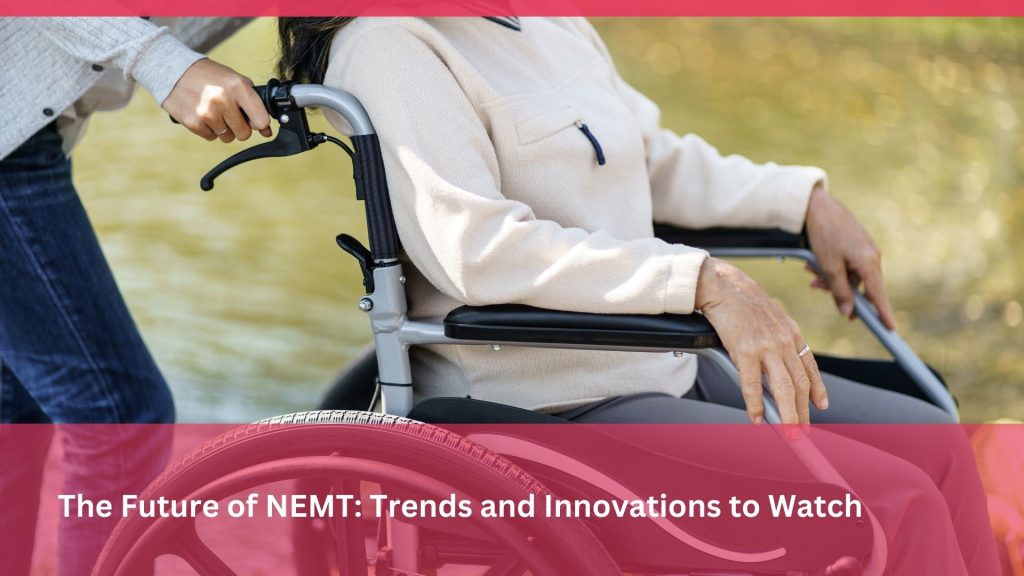New at Safr Care
The Future of NEMT: Trends and Innovations to Watch

The Future of NEMT: Trends and Innovations to Watch
Introduction
Non-Emergency Medical Transportation (NEMT) is a critical service ensuring that patients, particularly those with mobility challenges, reach their healthcare appointments. As technology advances and the healthcare industry evolves, NEMT is experiencing significant transformation. In this article, we explore the trends and innovations shaping the future of NEMT.
1. AI and Automation in NEMT
Artificial Intelligence (AI) is playing an increasingly vital role in NEMT operations. AI-powered scheduling systems optimize routes, reducing travel times and operational costs. Additionally, automated dispatch systems improve efficiency by matching patients with the most suitable transportation options.
2. Integration of Telehealth and NEMT
The rise of telehealth has changed how patients access healthcare. Some NEMT providers are partnering with telehealth services to provide hybrid models where patients receive virtual consultations before deciding if in-person visits are necessary.
3. GPS and IoT for Enhanced Safety
Real-time GPS tracking and Internet of Things (IoT) devices improve safety and reliability in NEMT. These technologies allow providers to monitor vehicle conditions, driver behavior, and ensure that patients arrive at their destinations safely.
4. Electric and Autonomous Vehicles
The adoption of electric and autonomous vehicles is set to revolutionize NEMT. Electric vehicles (EVs) reduce carbon footprints, while autonomous vehicles offer possibilities for more cost-effective and accessible transportation.
5. Blockchain for Transparent Billing
Blockchain technology is emerging as a solution for secure and transparent billing in NEMT. By ensuring accurate record-keeping and reducing fraud, blockchain enhances the financial aspects of NEMT services.
6. Personalized and On-Demand NEMT Services
On-demand services, similar to ride-sharing, are becoming popular in NEMT. These services allow patients to book rides instantly, improving convenience and reducing wait times.
Conclusion
The future of NEMT is driven by innovation. With advancements in AI, IoT, electric vehicles, and blockchain, NEMT services will become more efficient, accessible, and patient-centered. Stakeholders must embrace these changes to enhance healthcare accessibility and patient satisfaction.
